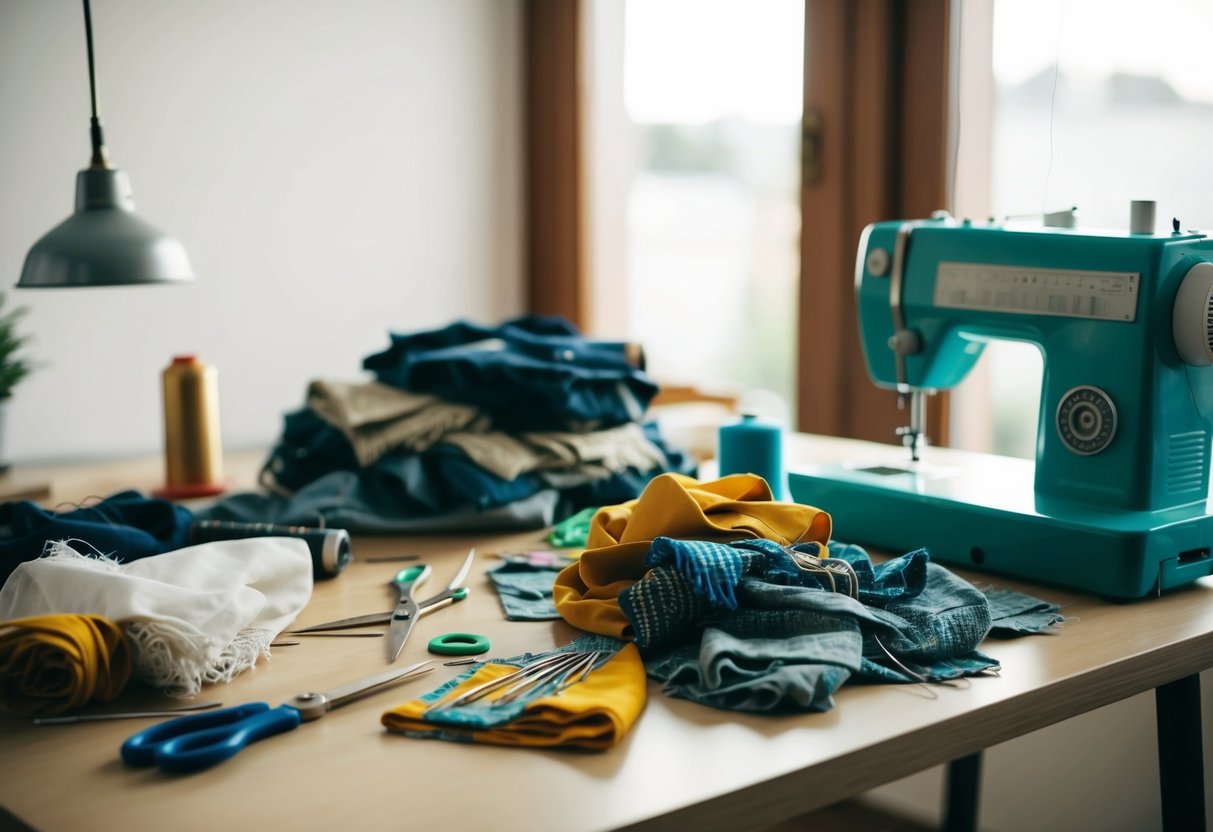Eco-Friendly Fashion on a Budget: Top DIY Clothing Hacks
Creating a Sustainable Wardrobe
Achieving an eco-friendly fashion sense involves careful planning and smart choices. It’s about selecting high-quality pieces that promote longevity and opting for eco-friendly materials to reduce your environmental impact.
Wardrobe Assessment
To begin, evaluating the current wardrobe is crucial. Identifying the existing clothing helps in understanding what works and what doesn’t in terms of sustainability and style. It involves setting aside items that are rarely worn or lack quality. Repurposing these can prevent waste.
Next, organizing clothes by type and frequency of use helps reveal gaps in the wardrobe. This assessment can guide future purchases, ensuring only essential, quality items are acquired. It prevents unnecessary accumulation and encourages mindful consumption.
Essential Eco-Friendly Pieces
Once the wardrobe is assessed, it’s time to focus on eco-friendly essentials. These include items made from sustainable materials such as organic cotton, bamboo, or recycled fabrics. Such choices ensure a lesser environmental impact without compromising on style.
Investing in timeless pieces like a classic white shirt or a versatile pair of jeans can offer long-lasting benefits. These items, when sourced from ethical brands known for their quality, provide durability and a reduced need for frequent replacements. Prioritizing quality over quantity is central to maintaining a sustainable wardrobe.
DIY Clothing Hacks

Eco-friendly fashion can be achieved on a budget using creative DIY techniques. Personalize outfits with simple customization methods and breathe new life into old garments through upcycling.
Customization Techniques
Start with basic garments as a canvas for creativity. Adding patches can instantly refresh the appearance of jackets or jeans. Choose designs that reflect personal style, allowing for unique expression without significant spending.
Fabric paint or dye offers another way to transform clothes. Try creating simple patterns with stencils or freehand designs to add visual interest. For those who love texture, adding embroidery or iron-on appliqués can bring dimension and color to plain fabrics.
Experimentation with alterations, like cropping a t-shirt or adding lace trims, enables a custom fit and modern flair. These small changes make a big impact and ensure no two pieces are alike.
Upcycling Old Outfits
Breathing new life into old outfits is cost-effective and environmentally friendly. An oversized shirt can be turned into a dress or skirt with simple cutting and sewing. This not only saves money but also reduces waste.
Pants can be made into shorts or a stylish handbag, while unused scarves can morph into chic tops or belts. The key is to see potential in unused items and be open to trying new ideas.
Mix and matching different fabrics from various clothing can lead to exciting hybrid pieces, reinventing an entire wardrobe while sticking to a budget. With a few supplies and creative thinking, the possibilities become endless.



